Table of Contents
A Guide to Birds’ Behavior Before a Storm
When a storm is brewing, birds have been known to exhibit some strange behavior. Some people may wonder what is going on with the birds and why they are acting so differently than usual. In this article, we will answer some of the most common questions about bird behavior before a storm. We’ll also provide some useful tips on how to protect your bird from the dangers of bad weather.
How Do Birds Act Before A Storm?
The most apparent indication that a storm is coming is a rapid change in barometric pressure. This rapid drop in pressure means that a storm system is coming. Birds can sense this change, too. In response to the falling pressure, birds will often become more active as they try to find food and shelter before the bad weather hits.

You might also notice that birds start to chirp more loudly or frequently just before a storm arrives. This is because they are trying to communicate with each other about where to find food or safe shelter.
Another behavior you might see is flocking. Birds will often flock together before a storm in order to stay warm and dry together. They will also huddle together for protection from predators who might take advantage of the bad weather.
If you see any of these behaviors in birds near you, it’s a good idea to protect yourself! A storm is coming.
What Is Your Pet Birds Behavior When A Storm Is Approaching?
As the weather changes and gets colder, you might notice that your bird’s behavior changes as well. Some birds will become more active while others might start to sleep more. Others will stop eating as much or at all. These are all perfectly normal behaviors for birds in the wild during the winter months. However, if you live in an area where there is a lot of severe weather, such as thunderstorms, hurricanes, or tornadoes, you need to be aware of how your pet bird might react.
While some birds will simply fly away from the storm, others will try to find shelter. If you have an outdoor bird feeder, you might see birds huddled together on it during a storm. This is because they are trying to stay warm and dry. If you have an indoor bird, such as a parakeet or canary, they will likely seek out a hiding place. This could be in a corner of their cage or under some furniture.
If you have any questions about your pet bird’s behavior during a storm, please contact your veterinarian or local animal shelter. They will be able to help you determine if your pet bird is behaving normally or if there is something wrong.
Common Birds Behavior Before A Storm
As the United States is in the throws of hurricane season, many people are wondering about animals’ behavior before a storm. One of the most frequent questions people have about storms is whether birds behave differently before a storm.

The answer is yes, birds do act differently prior to storms. There are several behaviors that they exhibit that can be helpful in predicting weather patterns. For example, many birds will fly lower to the ground than usual. They may also roost in large groups or build nests closer to the ground than they typically would.
These behavior changes are due to the fact that birds are sensitive to barometric pressure changes. When there is a drop in pressure, it signals them that a storm is on its way. By paying attention to these behavior changes, you can get a better idea of when a storm is coming and how severe it might be.
Perching On Power Lines
Before a storm, you might notice birds sitting on power lines. This is because they are looking for a high point to ride out the storm. They perch on power lines to stay above the water and avoid being blown away by the wind.
If you see birds behaving this way, it’s a good idea to take cover yourself and prepare for the storm.
Another common behavior is increased vocalization. This is because birds use calls to communicate with each other about impending danger. If you hear an increase in bird calls, it’s a good idea to pay attention to the sky and be prepared for whatever might come your way.
Sudden, Unusual Migration
Unusual, rapid migration is one of the most reliable signals that a storm is approaching. If you see birds flying south when it’s not migration season, or if they are flying during the night, it’s a good idea to take cover. This is because they are trying to get out of the path of the storm.
If you see this behavior, it’s a good idea to monitor the news and be prepared to evacuate if necessary.
Seagulls Coming In From the Coast
Another behavior to look out for is seagulls coming in from the coast. This is because they are looking for a safe place to ride out the storm. If you see this, it’s a good idea to be prepared for high winds and possible flooding.
By paying attention to these behavior changes, you can get a better idea of when a storm is coming and how severe it might be. So next time there is a hurricane or severe weather warning in your area, take a look outside and see what the birds are up to! Their behavior can give you some clues about what to expect from the storm.
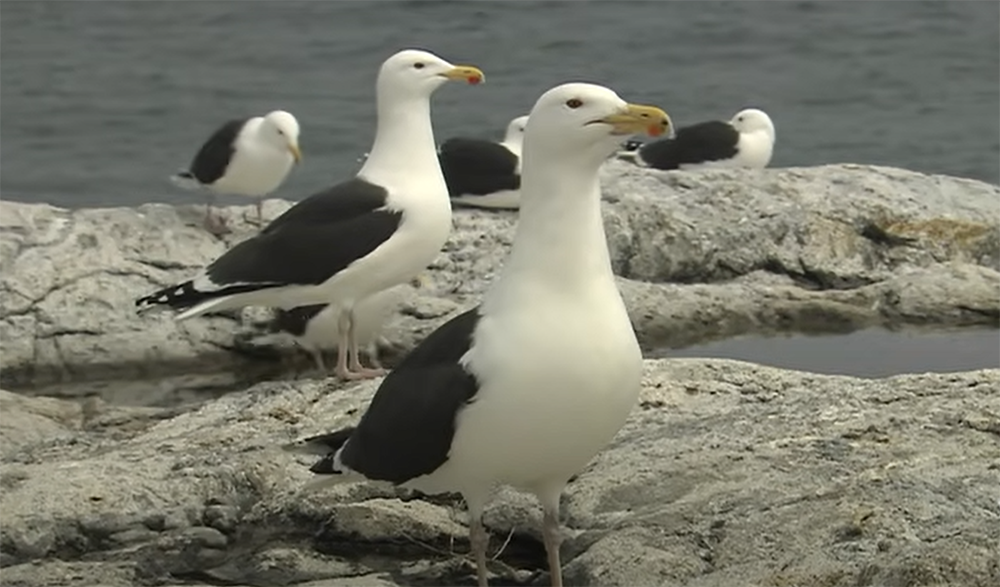
Spooky Silence
One of the eerie things about birds before a storm is their silence. This is because they are trying to avoid attracting predators. If you see this behavior, it’s a good idea to take cover and be prepared for the storm.
Also, be sure to keep an eye on your pets during this time. Birds’ silence is a cue for many predators that a storm is coming, so your pets could be at risk if they are outdoors. [1]
Birds Associated With Storms
There are many different species of birds that have been associated with storms throughout history. One of the most popular is the raven, which has long been considered a sign of bad luck. In many cultures, Ravens are also associated with death and darkness. Other birds associated with storms include crows, blackbirds, and seagulls.
While some people believe that these birds are actually trying to warn us about an impending storm, there is no scientific evidence to support this claim. However, it is interesting to note that these birds do tend to exhibit strange behavior before a storm hits. For example, they may become more active and vocal than usual. Some birdwatchers even report that these birds seem to know when a storm is coming long before it is visible to the human eye.
Different Birds And Their Behavior Before A Weather Change
Birds are one of the most interesting creatures on earth. Not only are they beautiful and unique, but they also have some pretty amazing abilities. One of these abilities is their sense for changes in weather conditions. Different birds have different behaviors that they exhibit before a storm. [2]
The following is a list of common birds and their behavior before a storm:
- Blackbird: The blackbird is known to stop singing and become very restless before a storm.
- House Sparrow: The house sparrow will start to build its nest earlier than usual if it senses a storm is coming.
- Pigeon: Pigeons will huddle together and coo loudly before a storm hits.
- Seagull: Seagulls will fly inland before a storm arrives.
- Woodpecker: The woodpecker will start to peck more rapidly on trees before a storm.
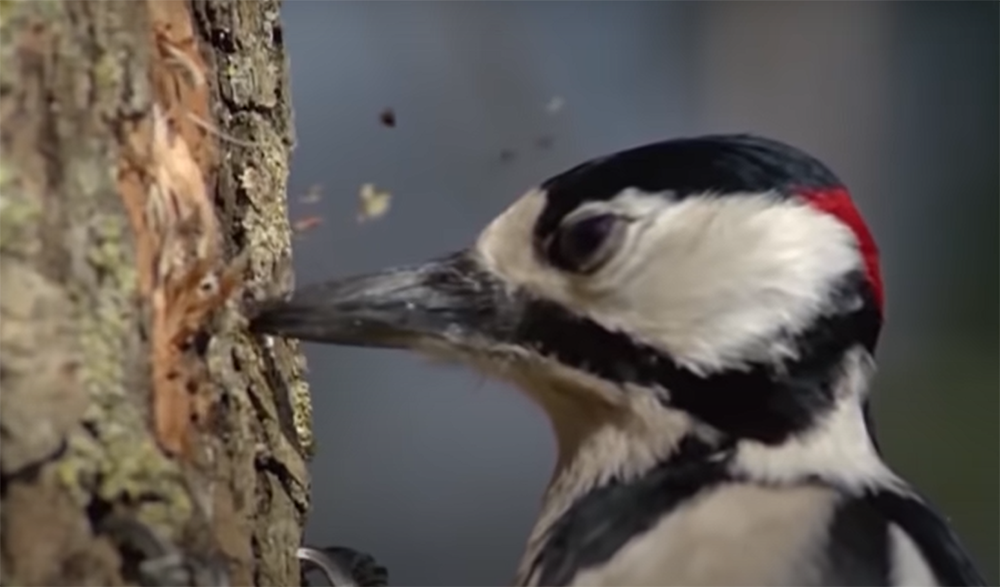
- Hawks: Hawks will circle low in the sky before a storm.
- Fowls: Fowls will roost close together on the ground before a storm.
- Geese: Geese will honk loudly and fly in formation before a storm.
- Owls: Owls will hoot more frequently than normal before a storm.
- Crows: Crows will fly in large flocks and make a lot of noise before a storm.
- Petrels: Petrels will dive into the water and swim under the waves before a storm.
How To Protect Your Bird From The Storm
The biggest threat to your bird during a storm is the wind. If you live in an area that is prone to high winds, it is important to take steps to secure your bird’s cage. The best way to do this is to place the cage in a corner of the room away from windows and doors. You may also want to consider covering the cage with a heavy blanket or towel to help keep the wind out.
Another thing you can do to protect your bird during a storm is to make sure they have plenty of food and water. This will help them stay calm and avoid getting dehydrated or stressed. It is also a good idea to turn off any lights or music in the room so that they can rest peacefully.
Also, make sure to bring your bird inside at least a few hours before the storm is scheduled to hit. This will help them acclimate to the change in temperature and avoid getting too cold.
Lastly, it is important to stay calm during a storm. Birds can sense when their humans are anxious or stressed and this can make them more agitated. If you remain calm, your bird will likely do the same.

By following these tips, you can help keep your bird safe and comfortable during a storm. Remember, each bird is different and may react differently to a storm so it is always best to err on the side of caution. if you have any questions or concerns, be sure to speak with your veterinarian. They will be able to advise you on how to best care for your bird during a storm.
FAQ
Why do birds act weird before a storm?
The change in barometric pressure is thought to be the cause of many animals’ strange behavior before a storm. Birds may fly lower to the ground or more erratically. Some experts believe that birds can sense an oncoming storm because they have a higher density of feathers, which makes them more sensitive to changes in air pressure.
Birds are not the only animals that behave oddly before storms. Dogs and cats may seem restless or anxious, and even livestock can act differently. One theory is that animals can sense electrical changes in the atmosphere that precede storms. [3]
Whatever the reason, it’s clear that something happens to animals before storms that doesn’t happen at other times.
What do birds do when they sense a storm?
The most common behavior is for birds to fly to a safe place, such as a nesting site or roost. Other animals will also seek shelter, but birds are unique in that they will often congregate in large groups during bad weather. This is likely because flying together in a flock provides safety in numbers. Birds have been known to use all sorts of methods to sense an oncoming storm. Some species can detect changes in barometric pressure, while others seem to rely on visual cues like darkening skies.
By flying to a safe place before the storm hits, they increase their chances of survival. [4]
What does it mean when birds chirp during a storm?
The sound of thunder can be terrifying to both humans and animals alike. For birds, however, the sound is a signal that a storm is on its way. The chirping noise that they make is known as “barbing” and it serves as a warning to other birds in the area.
When barbing, the bird will open its beak and vibrate its vocal cords at a high frequency. This produces a loud, shrill noise that can travel for long distances. While it may seem like an annoying sound to us, it is actually quite useful for birds as it allows them to communicate with each other during inclement weather.
So, if you hear birds barbing during a storm, it’s best to take cover as quickly as possible!
Another behavior that birds exhibit before a storm is known as “flocking.” This is when birds gather together in large groups. By doing so, they are able to better spot predators and also stay warm during cold weather. Additionally, flocking provides birds with a sense of security and safety in numbers.
Finally, one last behavior that birds engage in before a storm is called “roosting.” This is when birds perch on high branches or power lines in order to avoid being swept away by the wind or rain.
Are birds more active after rain?
The short answer is yes, birds are more active after rain. The long answer is that it all depends on the type of bird and the weather conditions. Some birds will fly during a storm while others will take shelter.
During a thunderstorm, you may see some birds flying close to the ground or even sitting on power lines. This is because they are trying to stay as close to the ground as possible to avoid being hit by lightning. If you see a bird behaving this way, it’s best to leave it alone and let it ride out the storm.
After a storm has passed, you’ll likely see an increase in bird activity as they search for food and water. Birds that nest in trees may also be more active as they try to repair any damage that was done to their nests during the storm.
Are birds scared of thunderstorms?
The answer to this question is a little complicated. While some birds are scared of thunderstorms, others seem to enjoy them. This difference in reaction is likely due to each individual bird’s personality and experiences. Some birds may have been scared by a storm early in their life and now associate storms with danger. Other birds may have had positive experiences during storms, such as finding food or mates.
No matter a bird’s personal history with storms, it’s important to remember that all birds are different. Just because one bird isn’t afraid of a thunderstorm doesn’t mean another bird will feel the same way. If you’re worried about your bird during a storm, the best thing you can do is provide it with a safe, comfortable place to hide. This will help your bird feel secure and minimize its stress levels. [5]
Why do birds fly around before a storm?
The most likely reason is that birds are trying to stay ahead of the storm. By flying in front of the storm, they can avoid being caught in bad weather. In addition, flying gives them a chance to look for food and shelter.
Another possibility is that birds are simply trying to stay warm. Cold air sinks while warm air rises, so by flying around, birds can keep their body temperature stable.
Whatever the reason, it’s clear that birds have some sort of sixth sense when it comes to storms.
Useful Video: A Guide To Birds Behavior Before A Storm
Conclusion
In conclusion, it is important to remember that each bird species has its own unique behaviors and adaptations. Some birds may seek shelter before a storm, while others may fly into the wind to stay above the storm. By observing the birds in your area, you can get a better understanding of their behavior and how they prepare for storms. With this knowledge, you can be better prepared for the next time a storm approaches.
References:
- https://www.gardeningdream.com/birds-behavior-before-a-storm/
- https://www.allaboutbirds.org/news/what-do-small-birds-do-in-a-storm/
- https://findanyanswer.com/why-do-birds-go-crazy-before-a-storm
- https://www.birdsandblooms.com/gardening/attracting-butterflies/attracting-birds-wildlife-extreme-weather/
- https://blog.phoenixlanding.org/2019/06/24/6tips_calm_fireworks_thunderstoms/

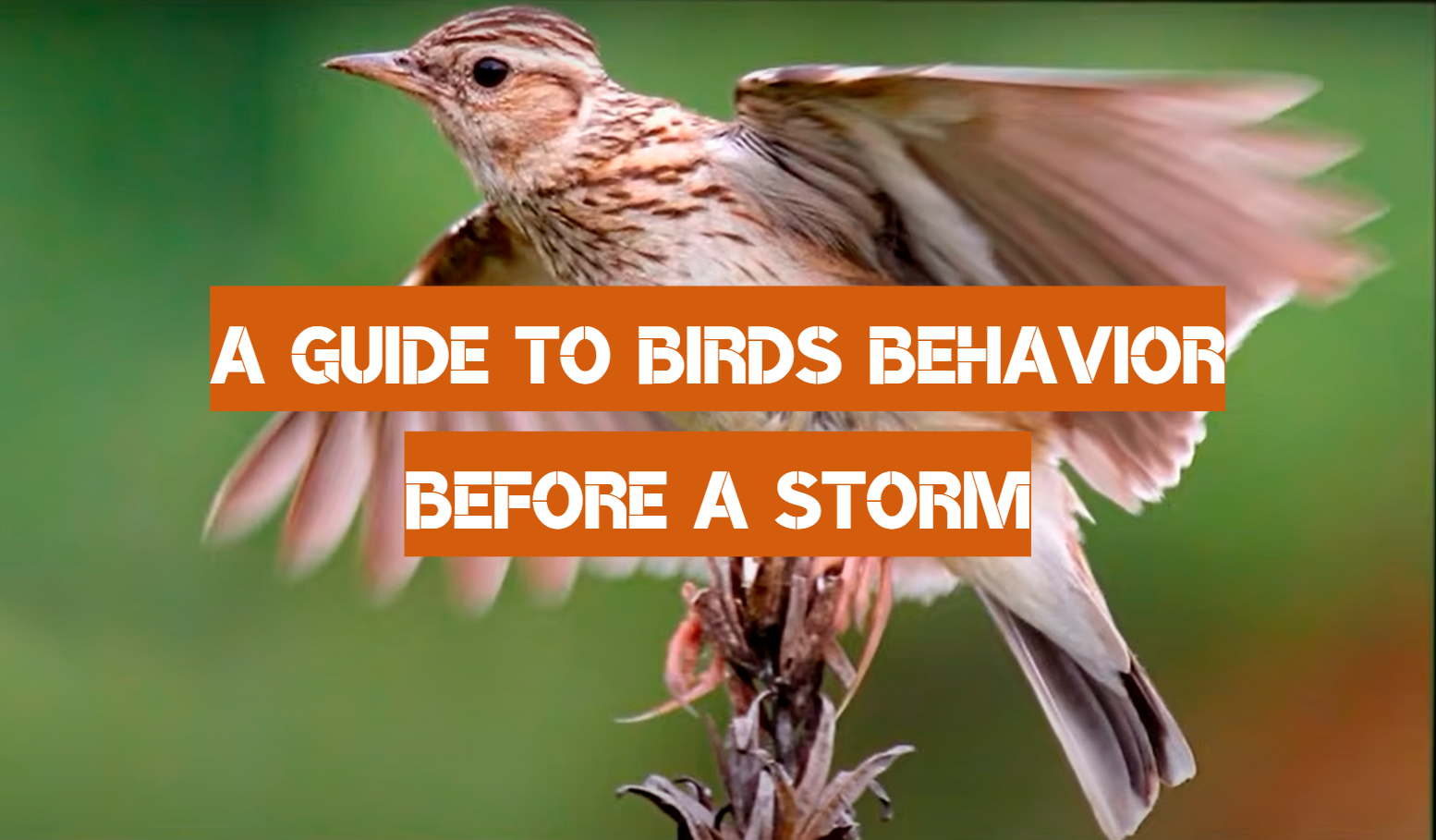
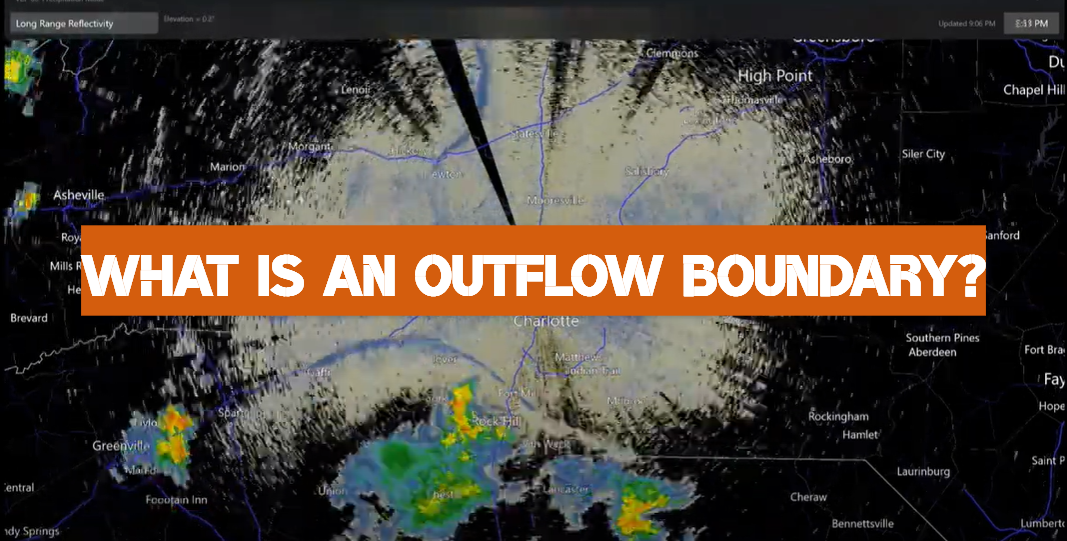
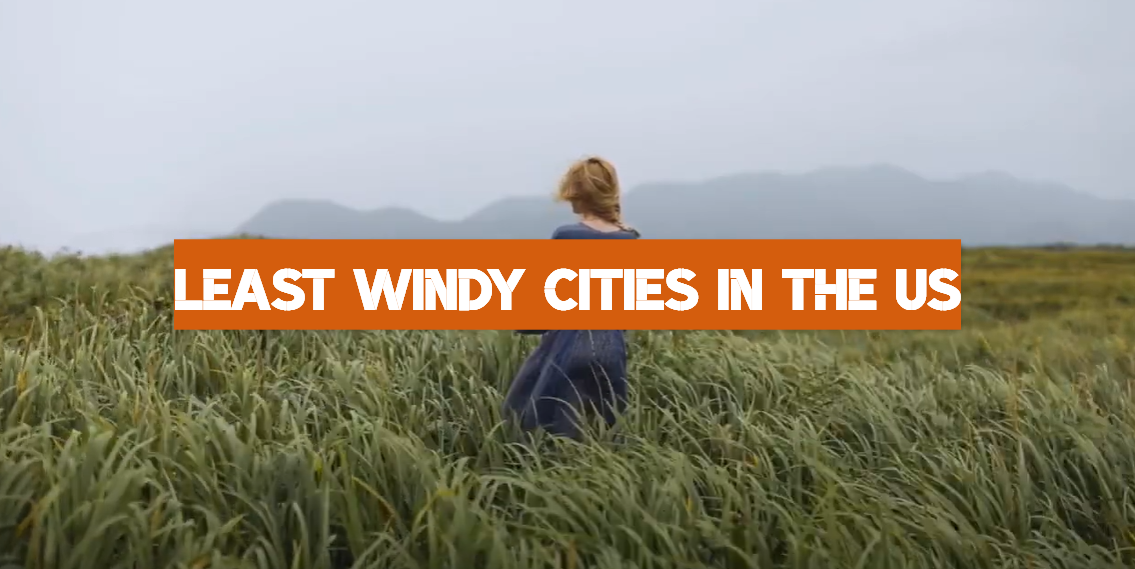
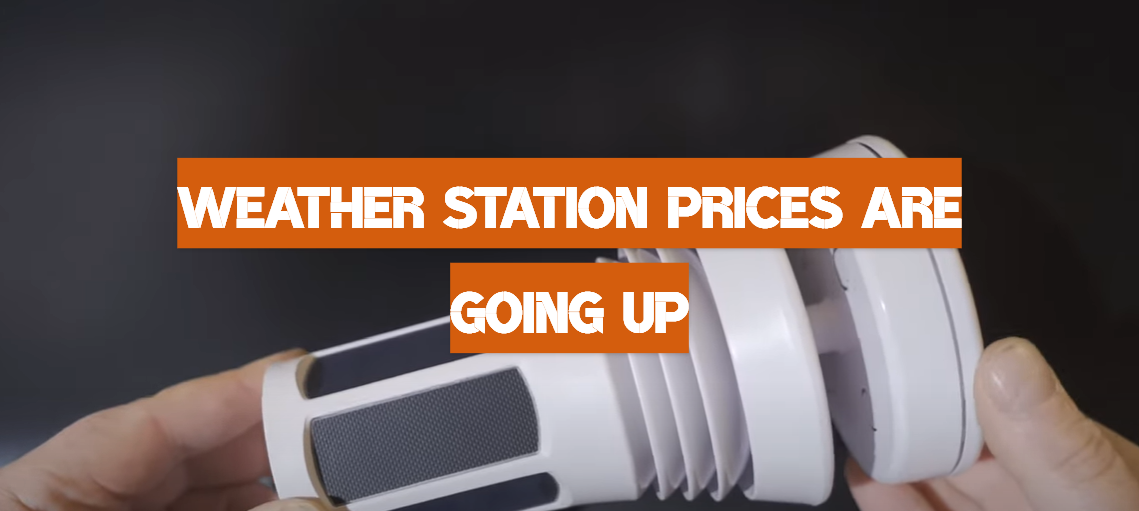
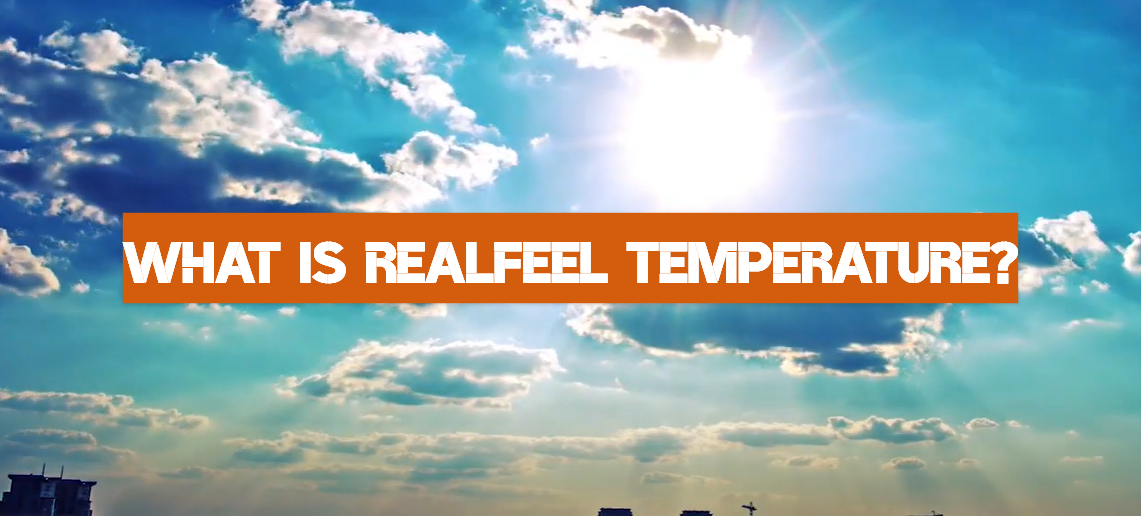
Leave a Reply